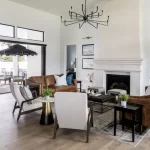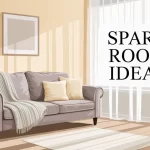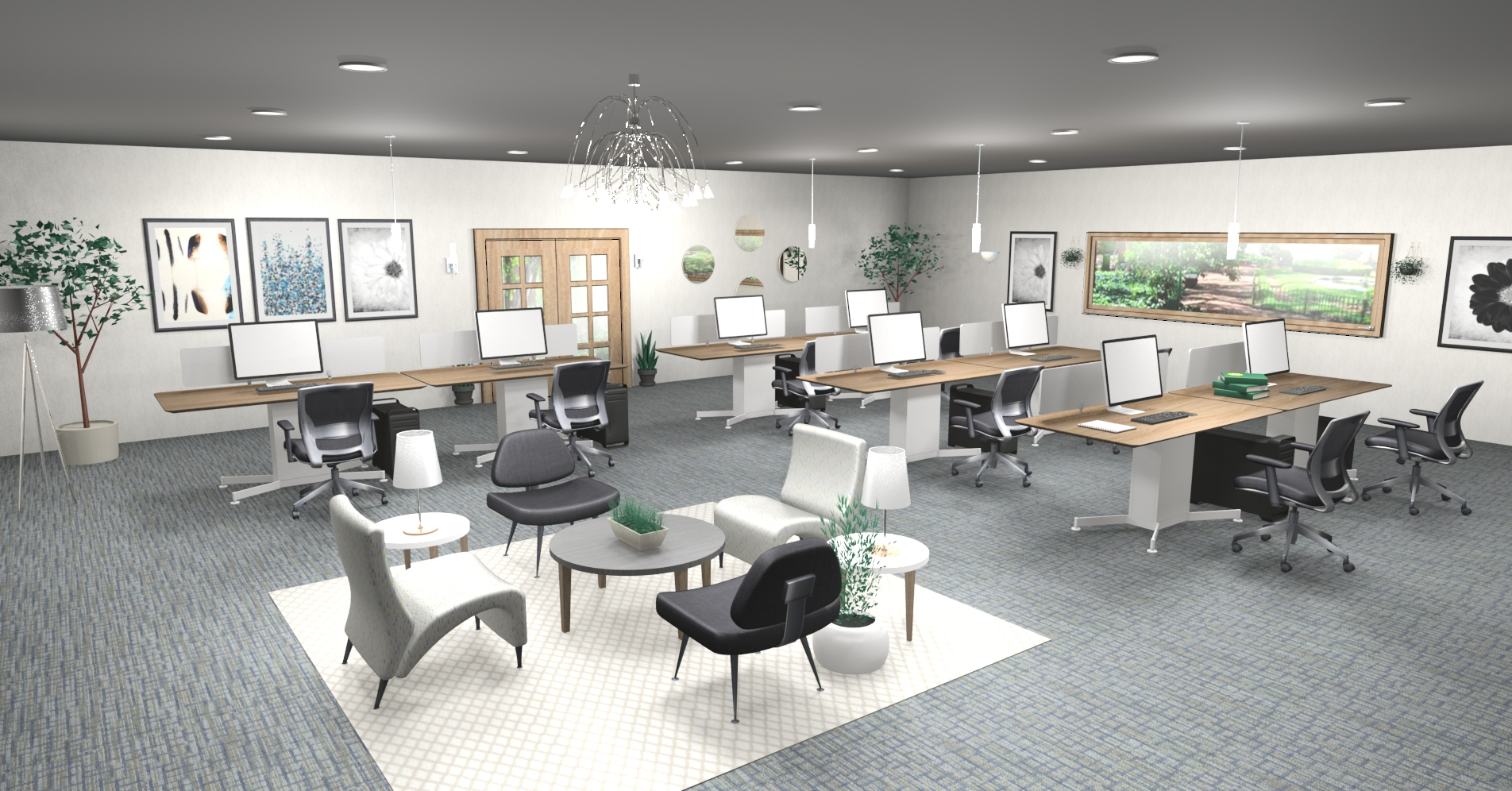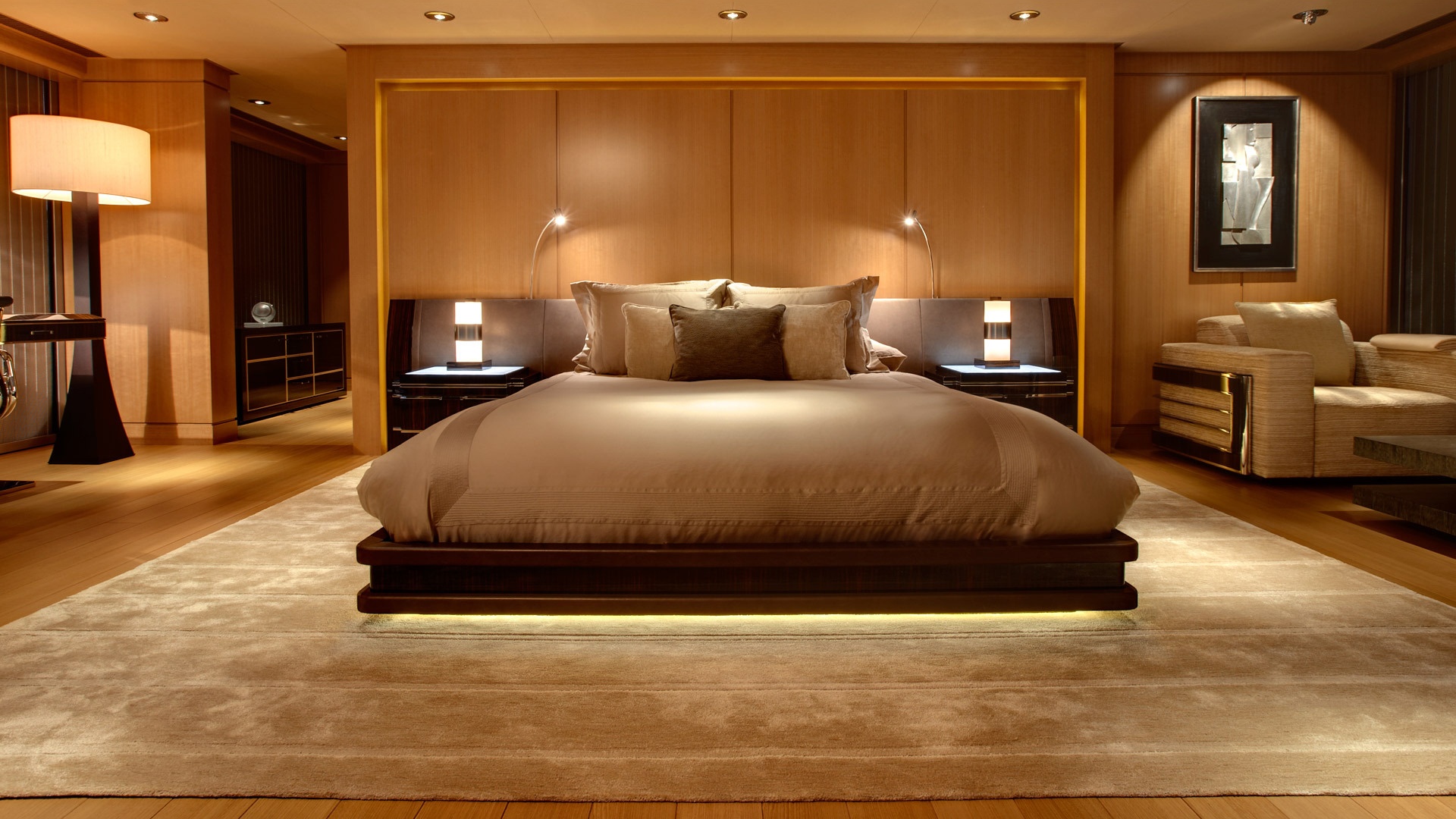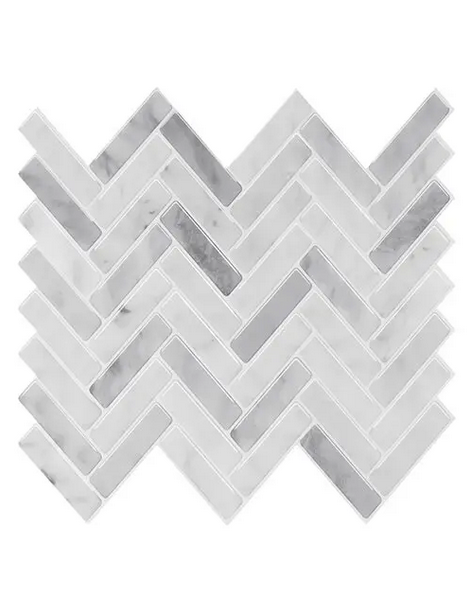A living room has long been seen as the heart of elegance in a home. It’s the place where guests are welcomed, memories are made, and style is displayed. But gone are the days when these spaces felt stiff or intimidating. Today’s formal living rooms are about balance—blending sophistication with warmth, beauty with comfort, and timeless design with modern flair.
So, what’s the secret to creating a space that feels both inviting and graceful? Let’s break down the essentials, from layout and color choices to furniture and décor.
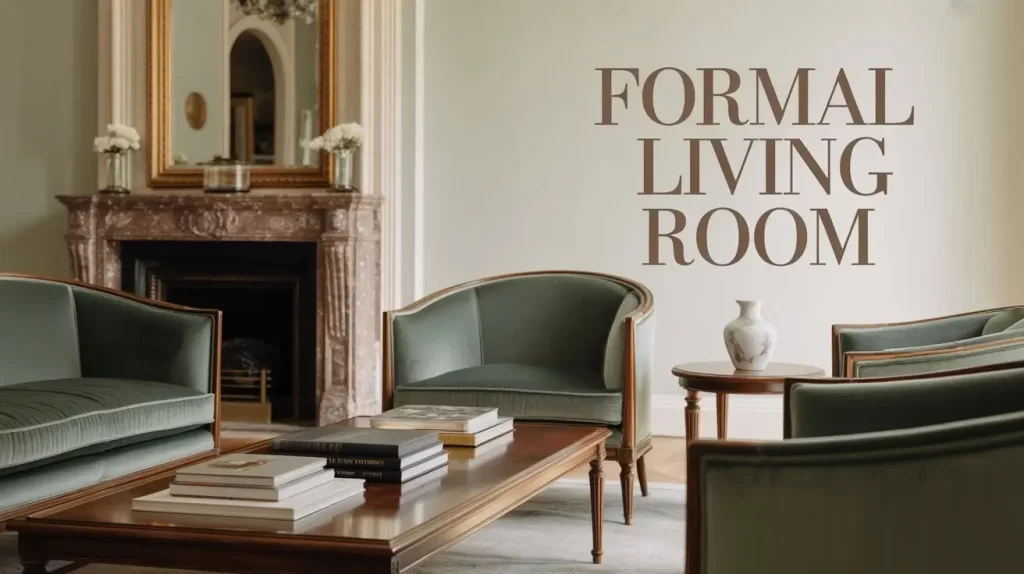
Content
Understanding the Purpose of a Formal Living Room
Traditionally, a formal living room was reserved for entertaining. It was often kept pristine, separate from everyday activities. Today, while it still serves as a gathering spot, the goal is to make it approachable. The key is striking the right tone—polished but not unlivable.
A successful design combines elegance with functionality. Think plush seating paired with classic silhouettes, rich fabrics balanced with neutral tones, and layouts that encourage conversation.
Choosing the Right Colors for a Formal Living Room
Color sets the mood in any room, but especially in a formal living room. While rich jewel tones and deep neutrals are timeless, modern palettes favor lighter shades to create an airy feel.
- Neutrals with depth – Cream, beige, and taupe form a refined backdrop.
- Accent shades – Navy, emerald, and charcoal add sophistication.
- Soft hues – Pastels can introduce coziness without sacrificing elegance.
According to design experts, layering shades creates dimension. For instance, a neutral wall paired with darker furniture and metallic accents instantly elevates the space.
Furniture Ideas for a Comfortable Yet Refined Space
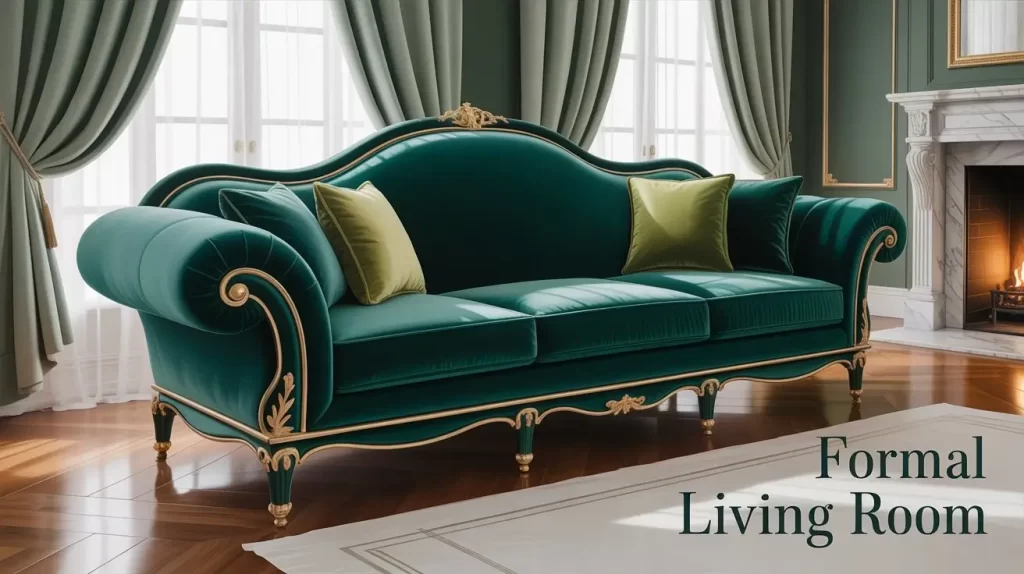
Key Furniture Elements
- Sofas and Armchairs: Choose structured designs with plush upholstery. Tufted backs, rolled arms, or modern clean lines all work.
- Coffee Table: Opt for a central table in glass, wood, or marble for balance and functionality.
- Side Tables: These not only hold lamps but also add symmetry and layering to the layout.
- Storage Pieces: A sleek console or cabinet helps reduce clutter while enhancing style.
Arranging furniture in a conversational layout—often with pieces facing each other—creates intimacy while still looking polished.
Layering Textures for Warmth
Texture is the secret ingredient in making a formal space feel cozy. Without it, even the most beautifully decorated room can feel flat.
- Fabrics: Velvet, linen, and chenille provide depth.
- Rugs: A patterned or neutral rug anchors the space and defines the seating area.
- Throws and Pillows: Mix smooth with nubby textures for comfort.
- Wood and Metal Accents: Tables, frames, and lighting fixtures balance softness with structure.
The layering of textures softens the overall aesthetic, making elegance approachable.
Lighting That Enhances the Mood
Lighting plays a vital role in creating ambiance. A mix of natural and artificial lighting is best for a formal living room.
- Chandeliers: A classic centerpiece that adds drama.
- Wall Sconces: Provide soft, balanced illumination.
- Table Lamps: Offer task lighting and a touch of personality.
- Dimmer Switches: Control brightness for different occasions.
The goal is flexibility a space that feels bright and cheerful during the day and warm and intimate at night.
Accessories That Tell a Story
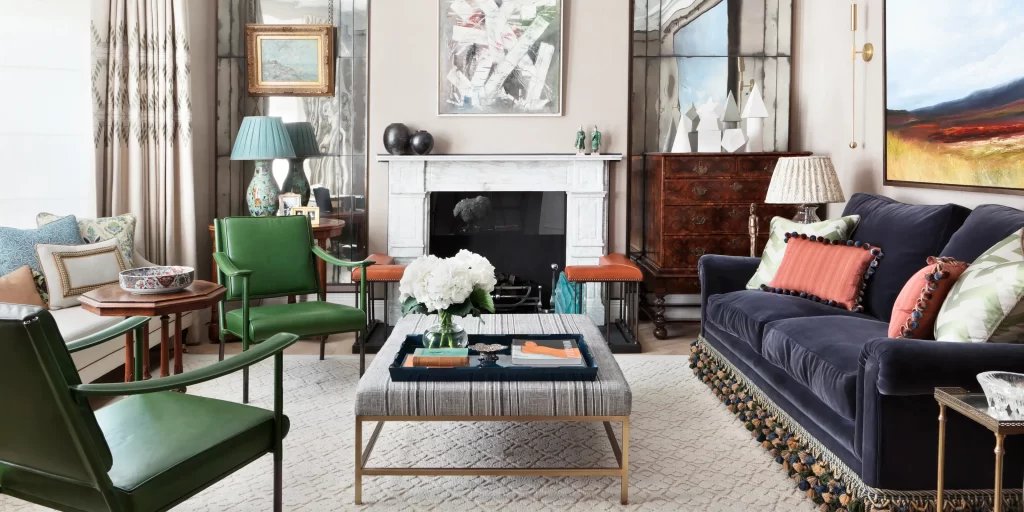
Décor is where you infuse personality into a formal space. Artwork, statement mirrors, and carefully chosen accessories add charm without overwhelming the room, creating the perfect finishing touch for a luxury home.
- Art Pieces: Large-scale works can serve as focal points.
- Greenery: Plants or fresh flowers add life and freshness.
- Mirrors: Reflect light and visually expand the space.
- Heirlooms or Collections: Showcase personal touches that make the room unique.
Remember, less is often more. Carefully curated accessories keep the room elegant instead of cluttered.
Blending Classic and Modern Styles
A formal living room doesn’t need to be stuck in tradition. Mixing classic pieces with modern accents creates a balanced, timeless look. For example, a traditional tufted sofa can be paired with a sleek coffee table. Or ornate crown molding can contrast beautifully with minimalist wall art.
This blend ensures the space feels fresh, current, and welcoming to every generation.
Conclusion:
The secret to a cozy yet elegant formal living room lies in achieving perfect harmony. It’s about layering colors, textures, and lighting while blending comfort with refinement. By thoughtfully selecting furniture, incorporating personal touches, and balancing tradition with modern style, you can transform your space into an area that feels both inviting and timeless.
A beautifully designed room isn’t just a showpiece it’s a warm and welcoming part of your home where family and friends gather. With the right choices, it becomes a stylish retreat that reflects personality, elegance, and comfort.
FAQs About Formal Living Rooms:
What is a formal living room?
A formal living room is a space designed for entertaining guests, styled with elegant furniture and décor, often kept more polished than casual areas.
Do people still use formal living rooms?
Yes, many homes still use formal living rooms, blending elegance with comfort. They serve as welcoming spaces for guests and special gatherings.
What is the difference between formal living room and family room?
A formal living room is for entertaining with elegant décor, while a family room is casual, cozy, and used daily for relaxation and family time.
What is the 2 3 rule for living rooms?
The 2/3 rule suggests furniture or rugs should cover about two-thirds of a wall or floor area, helping create balanced proportions in a living room.

Alexis is a dedicated home improvement blog author who has a passion for writing. She enjoys blogging about all sorts of topics, from interior design to landscaping and more! She loves the outdoors and spending time in nature with her family. She also likes to bake in her free time.

